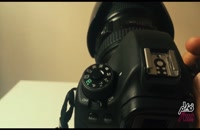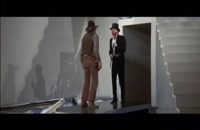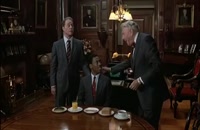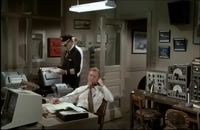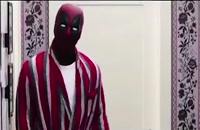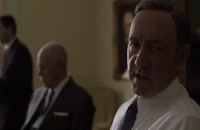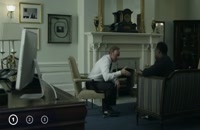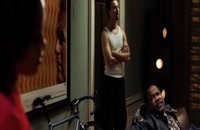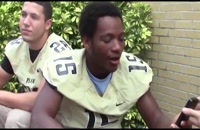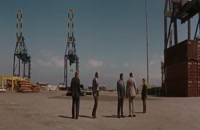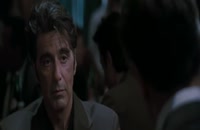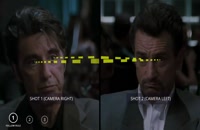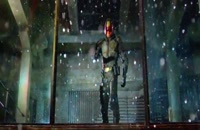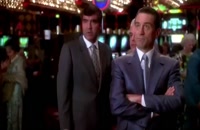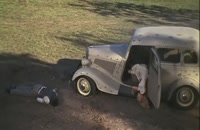تکنیک های نورپردازی راجر دیکینز - قسمت دوم
تکنیک های نورپردازی راجر دیکینز - قسمت دوم
لینک مقاله: http://www.se7enart.ir/news/24
Roger Deakins on "Film Lighting" Part 2 — Cinematography Techniques
Roger Deakins walked us through the fundamentals of how to observe light and how still photography became a major inspiration. This time, we’ll get a little more practical as Deakins touches on night shooting, lighting the human face, the subtle art of mixing light in a shot, and knowing which light is best for the job. In Chapter One, Deakins stresses the importance of knowing the different light available and their characteristics. In this case, he mentions using a skypan in Blade Runner 2049 to create sharp, moving shadows in the scenes at Wallace Corp. The next chapter centers on shooting nighttime scenes that actually look like night — compared to scenes where a pronounced blue or green tint is added to simulate moonlight. If you’ve seen his work, you know that a big part of Roger Deakins’ cinematography is working in the shadows. Roger Deakins admits one of his “biggest conundrums” is mixing light. From his schooling, he was always taught to match his color sources — a holdover “rule” from the Technicolor days. Deakins mentions a scene from True Grit where he lit a campfire scene by mixing firelight with the moonlight, as opposed to previous Western cinematography techniques that kept a more uniform light in every scene
Roger Deakins on "Film Lighting" Part 2 — Cinematography Techniques
Roger Deakins walked us through the fundamentals of how to observe light and how still photography became a major inspiration. This time, we’ll get a little more practical as Deakins touches on night shooting, lighting the human face, the subtle art of mixing light in a shot, and knowing which light is best for the job. In Chapter One, Deakins stresses the importance of knowing the different light available and their characteristics. In this case, he mentions using a skypan in Blade Runner 2049 to create sharp, moving shadows in the scenes at Wallace Corp. The next chapter centers on shooting nighttime scenes that actually look like night — compared to scenes where a pronounced blue or green tint is added to simulate moonlight. If you’ve seen his work, you know that a big part of Roger Deakins’ cinematography is working in the shadows. Roger Deakins admits one of his “biggest conundrums” is mixing light. From his schooling, he was always taught to match his color sources — a holdover “rule” from the Technicolor days. Deakins mentions a scene from True Grit where he lit a campfire scene by mixing firelight with the moonlight, as opposed to previous Western cinematography techniques that kept a more uniform light in every scene

